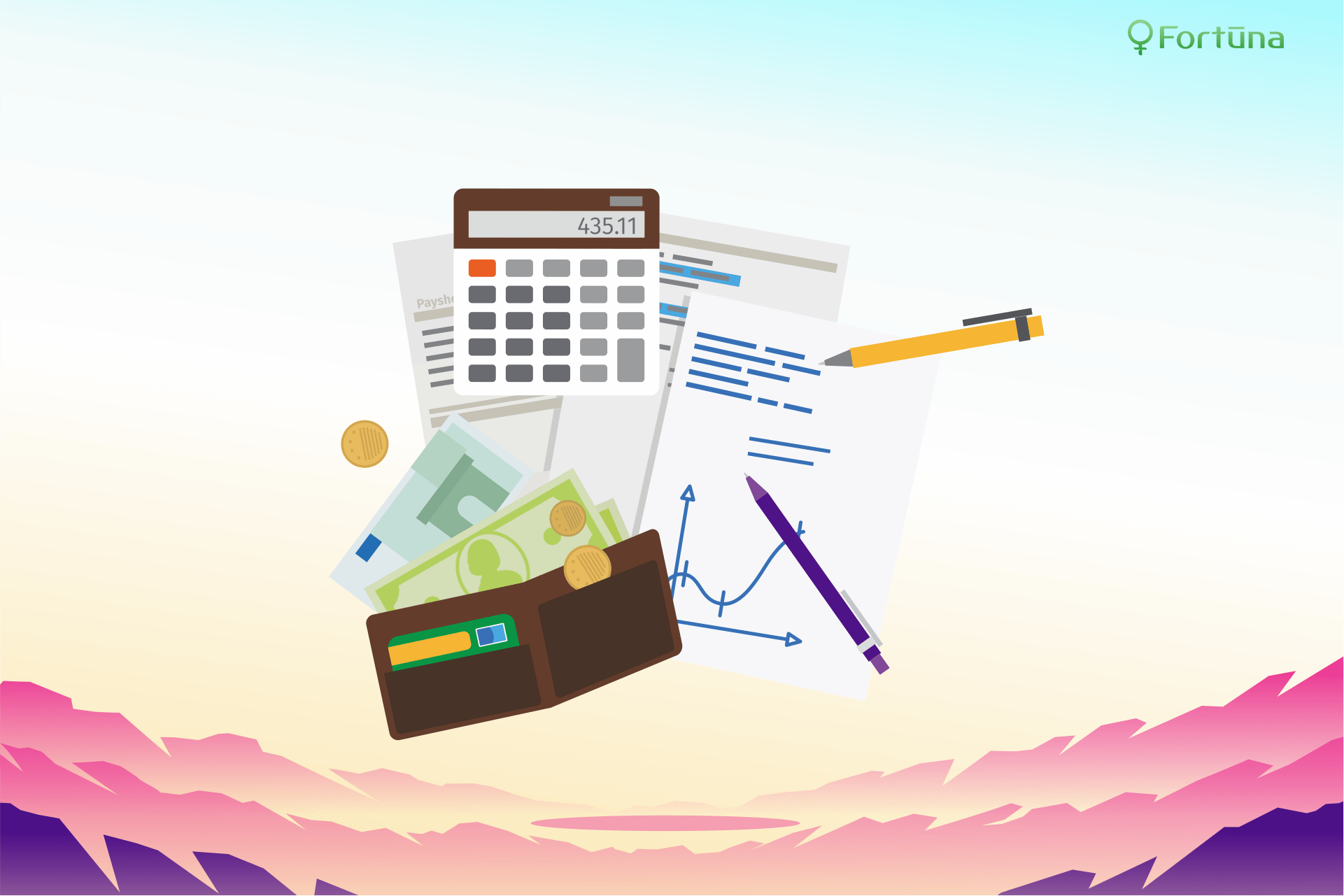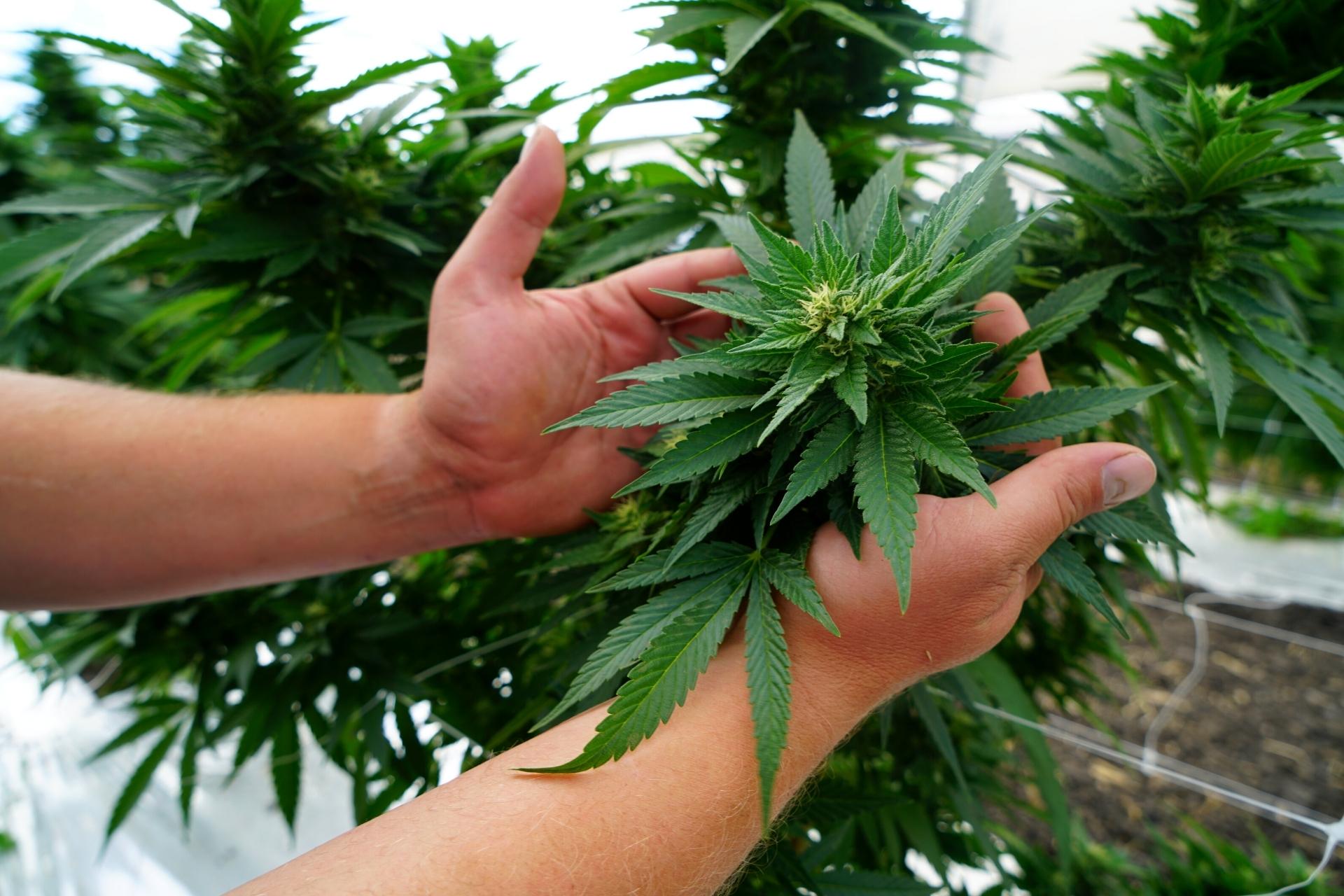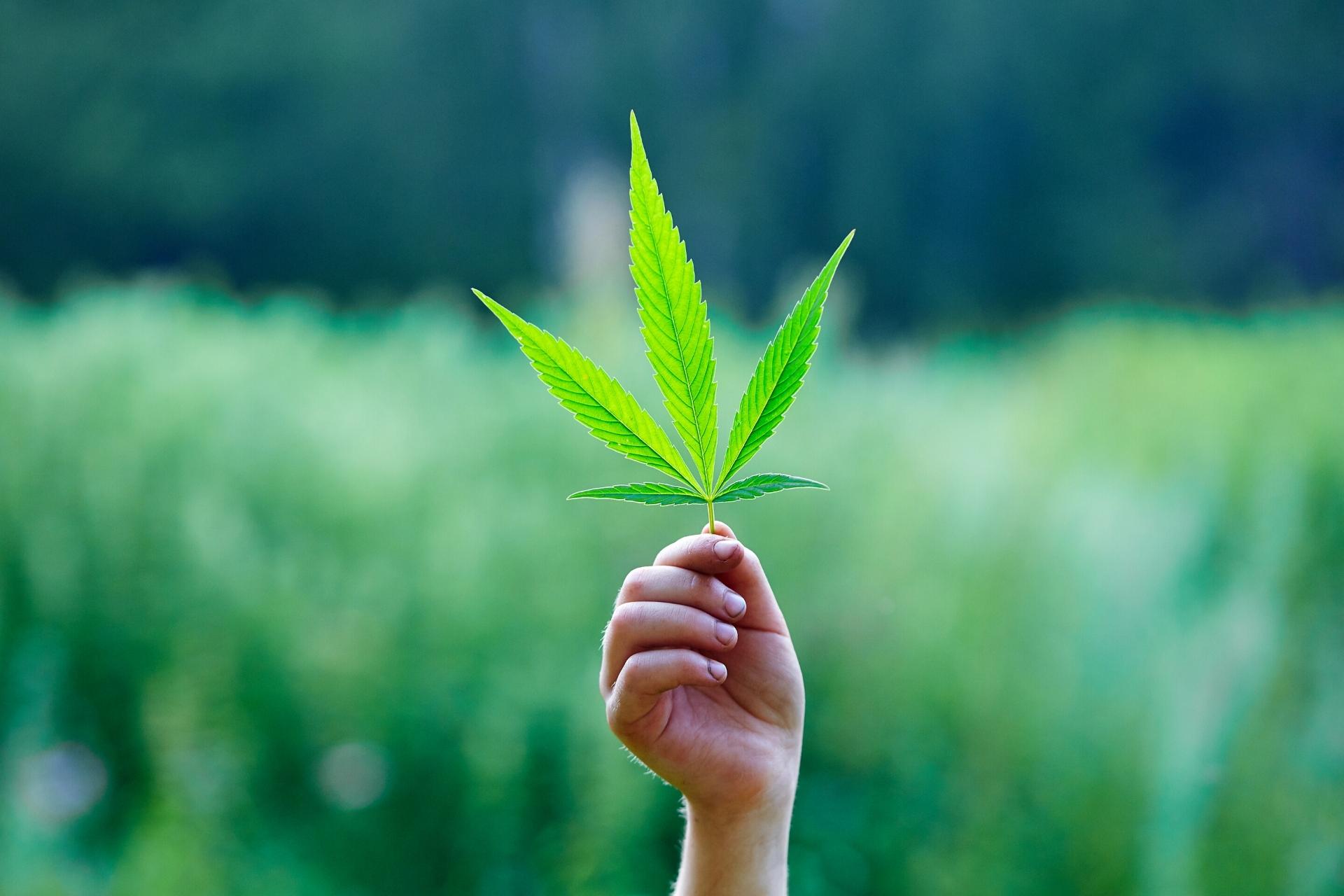
- Unsorted
-
by gu
Estimating hemp farming costs is important for anyone looking to join this booming industry. Different factors determine the overall hemp farming costs, from licensing fees in different states to operational and non-operational costs.
Cultivators also need to factor in marketing, distribution, and administration tasks, all of which influence the total costs. Considering the initial installation costs, maintenance, and long-term operating costs helps ensure that hemp farms can flourish with minimal shortages. Furthermore, thanks to new automation technology, cultivators can increase efficiency and lower production costs.
Industrial hemp is a booming industry with many states promoting its growing success. However, those who wish to participate must have a firm grasp of their budget and hemp farming expectations. Here are essential factors to consider when estimating the cost of hemp farming.
Fixed and Variable Production Costs
Understanding how to distinguish between the fixed and variable costs can help a farmer understand their hemp’s performance. Business owners can influence the fixed costs based on their decisions at the start of the investment. For example, the location selection influences rent expenses, utility prices, state and local taxes, and employee local costs. These costs will not significantly change once a cultivator settles on their location.
However, cultivation managers have more control over variable costs, including labor utilization, growth medium, input materials, and nutrient quantity. To be clear, cultivation efficiency often leads to greater profits.
Farmers should also understand the daily operational and non-operational costs while estimating the cost of hemp farming. Fertilization, irrigation, and periodic soil tests all rank among the most common hemp farm operational costs. For example, growers can expect to pay approximate fees of $4,200 for soil tests and $3,700 for irrigation for every ten acres. On the other hand, weed control and fertilization often cost about $3,000 and $5,200, respectively.
Non-operational costs, which often fall under the fixed production costs, include expenses that don’t relate directly to the act of farming but to the hemp farmland itself. Farmers need to set aside part of their investment for suppliers, transportation, security, inspection fees, interest, and land rentals, in some cases. These costs can be as much as $14,000 per ten acres.
Costs of Growing Cannabis Indoors
Growing hemp indoors offers total control over the plant’s environment. It also gives farmers without outdoor gardens an opportunity to indulge in a fascinating business endeavor. A proper indoor grow space requires growing space, grow lights, fans, and a comprehensive exhaust system. All these components have separate cost implications.
First, indoor growers must find a growing space and equip it with specific features like reflective material. Small-scale growers can use tents with different size ranges, whereas commercial growers require more extensive space. The smallest tents perfect for beginners’ measures 2×2 and can easily accommodate three plants. Such tents range between $75 and $120 depending on the construction materials and tent brand.
Next, growers must select the best grow lights for hemp. This is an especially important consideration because lights influence the hemp harvest’s quality and size. Cannabis growers could either select the fluorescent lights, high-intensity discharge lights, or the light-emitting diodes, which are the most expensive option.
Notably, each of these lights has a maximum amount of space they can cover. The LED grow lights, for example, average between 400 W and 2400W, which covers 2*2 ft. and 6*6.5 ft., respectively. Growers may pay approximately $200 to $350 for this light source. For maximum light, growers can spread out their plants such that 250W covers a single plant.
Indoor cultivation also requires consistent temperature regulation as the grow lights emit lots of heat. Fans play an important role in cooling the growing area and cost approximately $100 or more per fan. The number of required fans depends on the grow area’s size. Large-scale growing areas may cost up to $1,000 just for fans as a startup cost. Humidifiers and ventilation systems are also essential in creating an ideal environment for hemp growing. This equipment often costs between $1000 and $3000.
Estimating Soil Costs
For the growth medium, cultivators can either opt for soil or set up a hydroponic system. Depending on the growth plan, average prices will fluctuate. Ideal hydroponic systems often average slightly more than $400 but are much easier to use. For the soil option, growers will require 1.34 cubic feet of soil for a 10-gallon pot. Roots Organic Soil typically costs $15 for a 1.5 cu ft. bag. Therefore, one can spend approximately $1,500 on soil and another 1,000 on pots for every 100 plants.
Topping up the soil with nutrients helps to maximize the harvest. Nutrients and fertilizers are important for supporting the healthy growth of hemp. Regardless of the brand, nutrients come in bottles, each serving a dozen plants or more. Depending on the total cannabis under cultivation, growers can spend $1000 or more on nutrients between different harvests. Notably, farmers must alter their hemp plant’s nutritional routine between different growth stages.
Professionally cultivating hemp requires that farmers think on a larger scale, probably with the warehouse-size scale in mind. The average price per square foot may vary in different states, with growers paying up to $17/square foot.
Additional Indoor Costs
Indoors cultivators also have to make initial investments on different components, including:
- Warehouse rent
- Growing equipment
- Lighting system
- Licensing and legal fees
- Administrative expenses
- Direct costs
- Miscellaneous expenses like salaries
Besides the setup costs, cultivators also need to think about the direct operating costs that mostly involve electricity and water bills, packaging costs, and labor. When growing cannabis indoors, farmers must pay attention to electricity requirements. Often, the average yield depends on the amount of electricity available in your warehouse. While making estimates about the electricity bill, it is essential to factor in the pumps, fans, and other energy-consuming appliances. The other items may cost up to 75% as much electricity as the grow light.
These cost estimations give farmers better control of their farming operations. Estimating the cost of hemp farming also ensures that one can manage their gardening operations with fewer hassles and more ease. First-time weed growers will, especially, find it resourceful to predict the expected costs.
Growing Hemp Outdoors
Besides paying for marijuana seeds, farmers need not worry about lighting and water costs. Outdoor hemp farming is often the lower-budget option with reduced startup and overall costs. Cultivators may have to pay between $10 and $17 per square foot for outdoor growth compared to the $75 per square foot associated with indoor growth.
Outdoor fields don’t require an artificial light source, ventilation systems, or complicated building setups. Available sunlight helps to reduce utility bills while leaving behind a small carbon footprint. Hemp growers often prefer indoor operations, often due to its privacy and security benefits. To achieve security in an outdoor location, they may consider installing cameras or a tall fence, among other security features. Such barriers will keep animals from destroying plants and deters thieves and vandals. Like Michigan, certain states require farmers to enclose their plants and prevent public view visibility fully.
Indoor Vs. Outdoor Costs
Indoor hemp farming tends to be cost-intensive mainly because of the rent that may be as high as $75 per square foot. Cultivators also have to control different environmental aspects, increasing the costs further. Typically, business owners may need to acquire equipment like automated nutrient and water technology, grow lights, and temperature control systems. For outdoor grows, farmers rely on natural controls like the sun to support hemp farming. The only danger comes from the unpredictable nature of environmental factors.
Note, indoor hemp may produce higher cannabinoid levels compared to outdoor fields. This is likely due to the more carefully controlled environment. Though indoor growing environments are more costly to uphold, their payoff may also be more significant.
Seed Costs
It is best to keep it simple when setting up a hemp farm. Purchasing feminized seeds or using cuttings from a female plant is a good place to begin. Male plants will not grow the much-desired resinous, cannabinoid-rich buds that female plants produce. Moreover, male plants will likely pollinate females, thus dropping their potential output significantly. With feminized seeds, farmers receive a more favorable CBD-rich harvest with an increased ROI.
When estimating the cost of hemp seeds, farmers should work to get and use certified seed. Such seeds can range between $0.5 and $1 per seed. For feminized CBD or CBG seed, farmers may have to pay between $1 and $5 for each seed. In terms of grains, the seed prices range from $6 to $14 per pound. In most cases, hemp seed prices vary based on whether a farmer buys feminized seed or opts for industrial bulk non-feminized seed.
It is important to work with licensed suppliers to get quality hemp seeds at competitive prices. Alternatively, growers could also ask for documentation that shows the seed’s purity and germination potential. State regulatory agencies can help farmers find established and reputable seed suppliers. One could also reach out to peers to learn about their experiences with previous and current suppliers.
Licensing Fees
Hemp farmers in the US pay different license fees depending on the state of operations. Hemp growers require specific licenses from their legalized states, translating to processing fees and lots of paperwork. States have testing programs to maintain the legal threshold of 0.3 percent THC maximum, and most require background checks of licensees, as well.
The licensing fees typically range from $25 to $2650 per 100 acres. While some states, such as Montana, charge a simple flat fee of $450 for a farming license, other states, like North Dakota, require a yearly fee of $150 along with $25 for each additional acre farmed. On the other hand, Oregon requires $1,300 for a hemp farming license but charges $4,750 for farmers looking to grow marijuana, hemp’s psychoactively potent cousin.
When estimating the cost of hemp farming, it is essential to understand state hemp regulations and requirements. Growers should also make a point of learning about their specific state’s licensing fees along with any other additional fees that may apply.
Hemp Farming Equipment Costs
Other additional costs for hemp farming include farming equipment and labor costs. Basic machinery per 10-acres usually costs about $800, while the machinery operational costs are often about $3,000 or more. The irrigation system essential in keeping hemp well-hydrated usually costs close to $4,500.
Upon harvesting, farmers may need to dry their harvest before using or taking the produce to the market. For drying, growers need both drying barn and drying materials, which typically cost $6,000 and $500, respectively. In terms of labor, farmers should set aside at least $50,000 to keep their farm laborers motivated throughout the farming season.
Based on hemp’s growth habit, producers need to decide whether they’ll grow the plant for fiber, grain, or cannabinoid production. During seedbed preparation, farmers will need to use conventional tillage practices to keep weeds in check. Such practices are necessary due to the lack of pesticides for hemp farming. Growers may, however, factor in the costs of a rye cover crop that helps to control soil erosion while suppressing weeds.
Grow Cannabis with Low Budget
While estimating the cost of hemp farming, most growers try to make a great saving on their investments. It is important to note that growing cannabis for self-consumption is an inexpensive option. The costs typically increase as growers exploit more limits. Growing hemp outdoors provides the cheapest option for growers with reduced utility bills.
Final Thoughts about Estimating the Cost of Hemp Farming
Estimating the cost of hemp farming requires participants to perform extensive research to ensure that no expenses get overlooked. From the variable to fixed costs, farmers need to understand every aspect of their farms to create accurate budgets and estimates before setting out the actual farming.
Estimating the cost of hemp farming helps ensure that crops won’t suffer from capital deficits between various growth stages. These pre-calculated costs help farmers predict profit margins before setting out on their business endeavor. Importantly, farmers should not have much difficulty setting up and maintaining a hemp farm budget with proper planning.
Contact us today for more on estimating the cost of hemp farming or buy any of our top-notch feminized hemp seeds.
What’s your average cost of hemp per acre? Share your experience in the comment section below.



